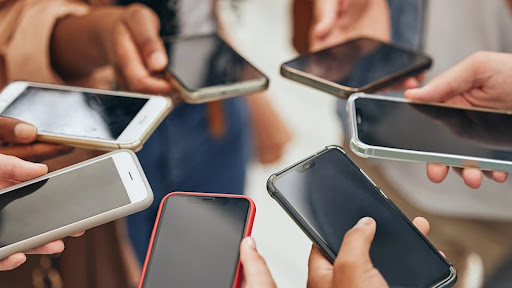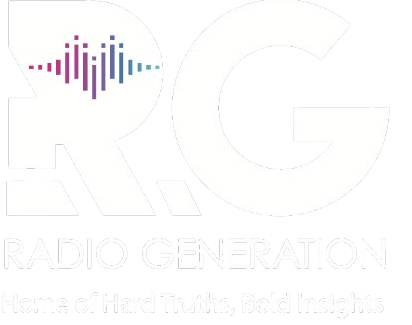Kenya nears full mobile phone ownership, but internet and computer use still lag, says report

According to the report, 93.8 per cent of households in Kenya own a mobile phone
Kenya has almost achieved universal mobile phone ownership, but large gaps remain in internet access and computer use, new figures show.
The 2023/2024 Kenya Housing Survey, released jointly by the Kenya National Bureau of Statistics (KNBS) and the Communications Authority of Kenya (CA) on Monday, August 11, 2025, highlights clear differences in technology use across gender, age, and location.
According to the report, 93.8 per cent of households in Kenya own a mobile phone. Urban areas lead with 97.6 per cent, compared to 91.4 per cent in rural areas. Nairobi tops the list with 97.6 per cent, while West Pokot has the lowest at just 29 per cent.
For individuals, 64.9 per cent own a mobile phone, with a small gender gap 65.5 per cent for men and 64.4 per cent for women. Young adults aged 25–34 have the highest ownership rates.
However, internet use is far lower. Only 53.7 per cent of Kenyans go online, with men slightly ahead at 54.5 per cent compared to 52.9 per cent for women. Internet access is much higher in cities than in rural areas. Nairobi leads with 64.7 per cent usage, while West Pokot is lowest at 9.1 per cent.
Computer use is especially low only 10.1 per cent of Kenyans use one, with higher rates among men (13.1 per cent) than women (7.9 per cent). This shows that most people rely on mobile phones to access digital services.
Age plays a big role in technology use. Internet access is highest among people aged 25–34 (59.3 per cent) and 15–24 (46.6 per cent), but drops sharply among older generations, reaching just 4.4 per cent for those aged 75 and above.
The report also shows big regional differences. Besides Nairobi, counties with high internet use include Kiambu (54 per cent), Nyeri (50.1 per cent), and Mombasa (46.9 per cent). Counties like Turkana (12.7 per cent), Tana River (15.5 per cent), Marsabit (16.3 per cent), and Garissa (16.5 per cent) have the lowest usage.
The Communications Authority says these gaps need targeted action, such as expanding broadband networks and improving digital skills.
While Kenya’s mobile phone access is one of the highest in Africa, the report warns that this doesn’t mean everyone is fully included in the digital world. High data costs, unreliable electricity, and low computer ownership are still major barriers.
KNBS says the findings should be used as a benchmark to track progress and as a call for urgent interventions.
“With over half the population still offline, Kenya must build on its mobile success and make sure everyone can share in the benefits of the digital age,” the report concludes.
